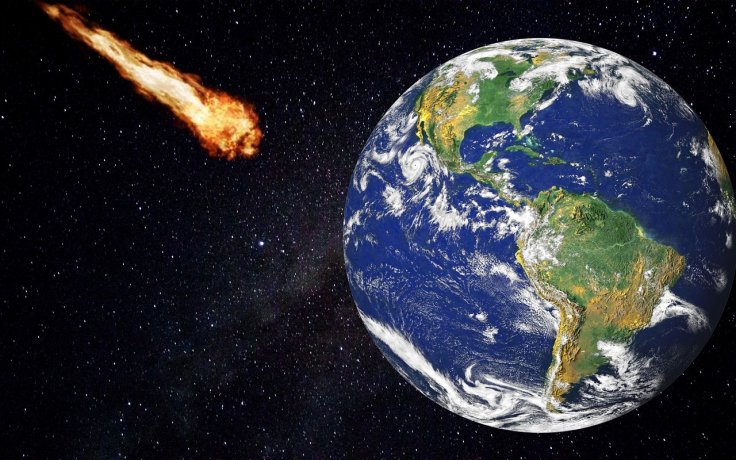Scientists from South Africa have found evidence that partially supports the hypothesis that the Earth was struck by a meteorite or asteroid 12,800 years ago. This could have led to consequences like climate change and the extinction of large animals at the time of Younger Dryas. (About 14,500 years ago, the Earth's climate began to shift from a cold glacial world to a warmer interglacial state).
A team led by Professor Francis Thackeray discovered evidence of "platinum spike" at a site called Wonderkrater in South Africa. He discovered this evidence from a core drill in a peat deposit, in a sample about 12,800 years old. Thackeray is at the Evolutionary Studies Institute at the University of the Witwatersrand in Johannesburg
Thackeray said "Our finding at least partially supports the highly controversial Younger Dryas Impact Hypothesis (YDIH). We seriously need to explore the view that an asteroid impact somewhere on earth may have caused climate change on a global scale, and contributed to some extent to the process of extinctions of large animals at the end of the Pleistocene, after the last ice age."

What were the consequences?
Many mammals became extinct in North America, South America and Europe at the time of the Younger Dryas. These animals include a giant African buffalo, a large zebra, and a very big wildebeest. Human populations may also have been affected at the time. In North America, there was a sudden termination of the stone tool technology of Clovis people. Archaeologists in South Africa have detected almost on the same terms of the Robberg stone artefact industry that is associated with people in some parts of the country.
Thackeray says, there is possibility that these technological changes in North America and on the African subcontinent happened at about the same time. This might have been an indirect association of asteroid impact with major global consequences.
A large crater that is 31 kilometres in diameter has been discovered in northern Greenland beneath the Hiawatha Glacier. "There is some evidence to support the view that it might possibly have been the very place where a large meteorite struck the planet earth 12,800 years ago," says Thackeray.
Probability of asteroid striking the Earth

The probability of a large asteroid striking Earth in future may seem to be low. But there are thousands of large rocks distributed between Jupiter and Mars. One, in particular, called Apophis 99942. It is referred to as a "Potentially Hazardous Asteroid." It is 340 meters wide and will come exceptionally close to the Earth in 10 years of time.
"The closest encounter will take place precisely on Friday, April 13, 2029," says Thackeray. "The probability of the Apophis 99942 asteroid hitting us then is only one in 100,000. But the probability of impact may be even higher at some time in the future, as it comes close to Earth every 10 years." This South African research has been supported by the National Research Foundation and the DST/NRF Centre of Excellence.









